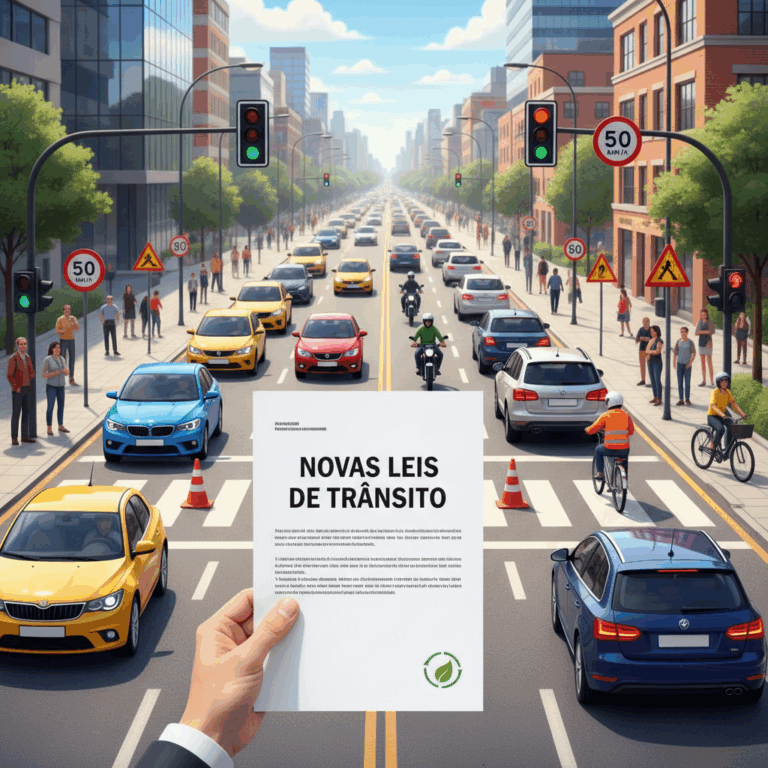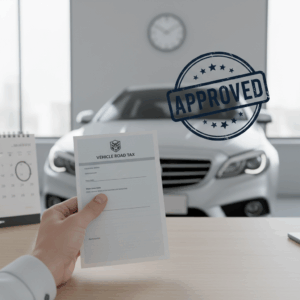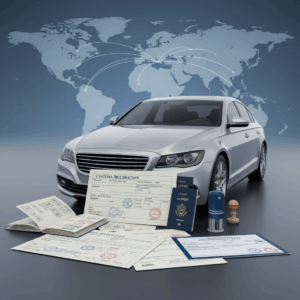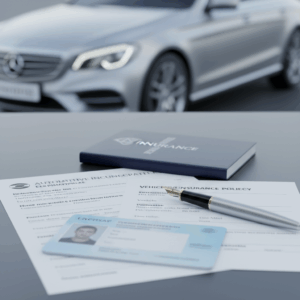Changes in Traffic Laws
The latest traffic laws introduce significant modifications to improve road safety and reduce accidents. These changes emphasize stricter rules on alcohol limits and device new regulations for specific vehicle types.
They aim to foster responsible driving habits by adjusting key policies that affect everyday road users, including motorcyclists and e-scooter riders. These revisions respond to current challenges in urban mobility and safety.
Reduction of Allowed Blood Alcohol Concentration
The allowable blood alcohol concentration (BAC) has been lowered significantly to 0.20 g/l. This stricter limit is designed to deter drunk driving and enhance overall traffic safety on the roads.
By reducing BAC thresholds, authorities hope to decrease the number of alcohol-related traffic incidents. The law sends a clear message about the dangers of impaired driving and promotes sober behavior.
New Regulations for Motorcyclists and E-Scooters
New rules have been introduced regulating the use of motorcycles and electric scooters, including mandatory helmet use and restrictions on where these vehicles can operate. This addresses increasing concerns for vulnerable road users.
These laws focus on controlling speed, usage areas, and safety equipment, aiming to reduce accidents involving personal mobility vehicles and ensure safer coexistence with other traffic participants.
Enforcement and Penalties
Enforcement of traffic laws has become more rigorous with new penalties targeting unsafe behaviors. Authorities focus on applying stricter sanctions to discourage violations and improve compliance among drivers.
These penalties are designed to create deterrence and promote responsible driving. Enhanced enforcement ensures that traffic rules are followed, contributing to safer roads for everyone.
Stricter Sanctions for Traffic Violations
Traffic violators now face harsher consequences, including higher fines and longer license suspensions. These stricter sanctions aim to reduce risky behaviors such as speeding and reckless driving.
The increased penalties serve as a warning that unsafe actions will not be tolerated, helping to reduce accident rates and encouraging drivers to adhere to regulations consistently.
Ban on Sharing Traffic Controls on Social Media
The law prohibits sharing information about traffic enforcement locations on social platforms. This measure prevents drivers from evading police checks, thereby enhancing the effectiveness of controls.
By eliminating alerts about speed cameras or checkpoints, authorities aim to ensure fair enforcement and increase overall road safety, as all drivers are subject to the same oversight.
Low Emission Zones Restrictions
Restrictions in Low Emission Zones (LEZ) have been expanded to limit access for high-polluting vehicles. This policy reduces urban pollution and helps improve air quality in densely populated areas.
Enforcement includes fines for unauthorized entry into LEZs, encouraging the use of cleaner vehicles and supporting environmental goals alongside road safety improvements.
Impact on Driving Habits
The new traffic laws are reshaping driving behaviors by raising awareness around safety and encouraging adherence to speed limits. Drivers show more caution, resulting in safer roads.
These regulations aim to instill discipline, reducing risky actions like speeding and distracted driving. The overall goal is fostering a culture of responsible driving for all road users.
Increased Awareness and Speed Limit Compliance
Drivers have become more conscious of the importance of speed limits due to stricter enforcement and penalties. This change contributes significantly to lowering fatal accidents.
Public campaigns and improved police presence reinforce compliance, creating an environment where following the speed limit is seen as a shared responsibility among motorists.
The combination of education and deterrence helps maintain consistent adherence to speed regulations, improving safety for all, including pedestrians and cyclists.
Use of Helmets and Restrictions on Personal Mobility Vehicles
Mandatory helmet use for motorcyclists now greatly reduces head injuries and fatalities. This requirement promotes the safety of riders across urban and rural roads alike.
Additionally, personal mobility vehicles face new restrictions, such as bans on riding on sidewalks. These rules protect pedestrians and create clearer zones for different traffic modes.
Enhanced Protection and Safer Integration
The combination of helmet laws and mobility vehicle restrictions encourages safer behavior while integrating these diverse users into traffic more smoothly, reducing conflicts and accidents.
These measures support a balanced approach, safeguarding vulnerable riders and ensuring pedestrian safety, which is key for coexistence in busy urban environments.
Effects on Road Safety and Environment
The new traffic laws have led to a measurable reduction in traffic accidents by promoting safer driving behaviors and stricter enforcement. These improvements enhance overall road safety for all users.
By encouraging compliance with speed limits and mandatory helmet use, the regulations reduce the risk of serious collisions and injuries, fostering a culture of responsibility on the roads.
Reduction in Traffic Accidents
There is a notable decline in accidents due to stricter laws on alcohol consumption and better regulation of vulnerable road users like motorcyclists and e-scooter riders. Safety outcomes are improving.
Enhanced enforcement deters risky behaviors such as speeding and distracted driving, contributing significantly to fewer crashes and safer travel conditions for everyone.
These positive trends demonstrate that updated legal measures are effective in decreasing accident rates and protecting lives on the roads.
Improvement in Air Quality in Urban Areas
Expanded Low Emission Zones have successfully reduced pollution by limiting access to high-emission vehicles, leading to cleaner air in cities and better public health outcomes.
By encouraging the use of cleaner transport options and restricting polluting engines, traffic laws support sustainable urban environments with less smog and harmful emissions.
This environmental benefit complements road safety efforts and highlights the dual impact of recent traffic regulations in promoting healthier urban living.







